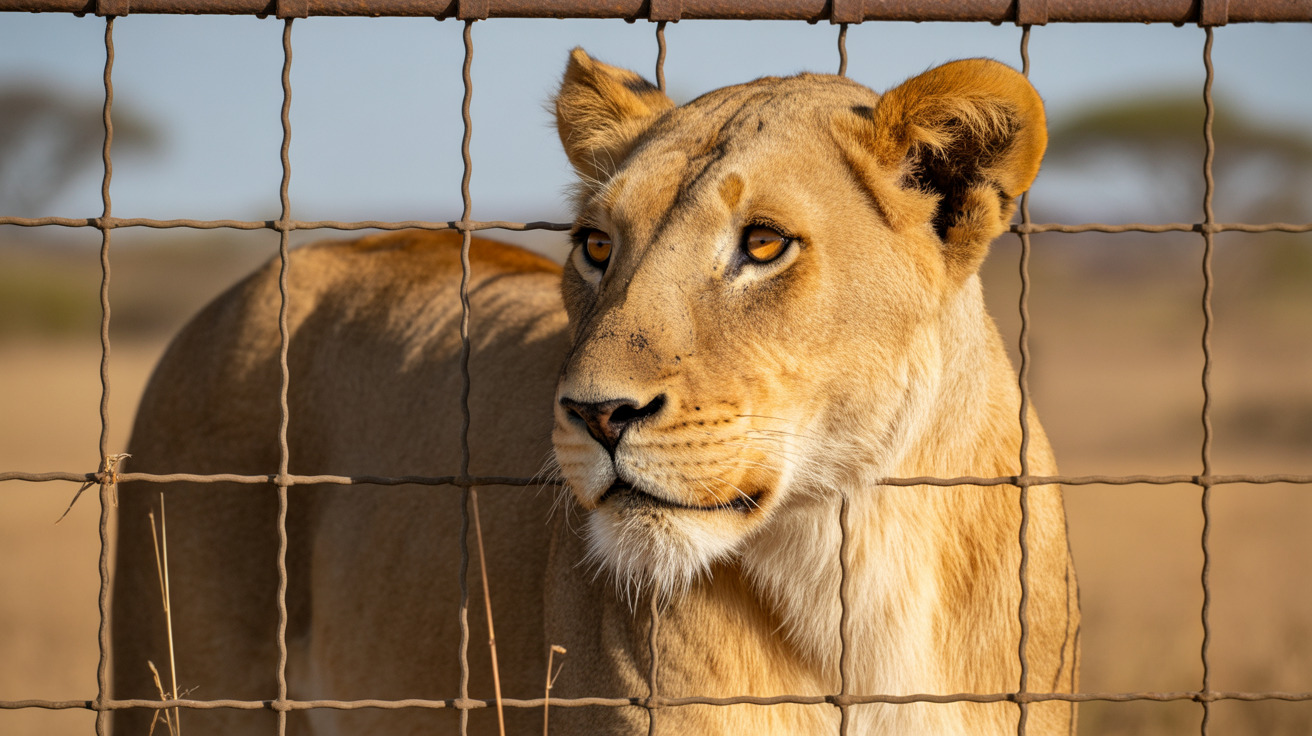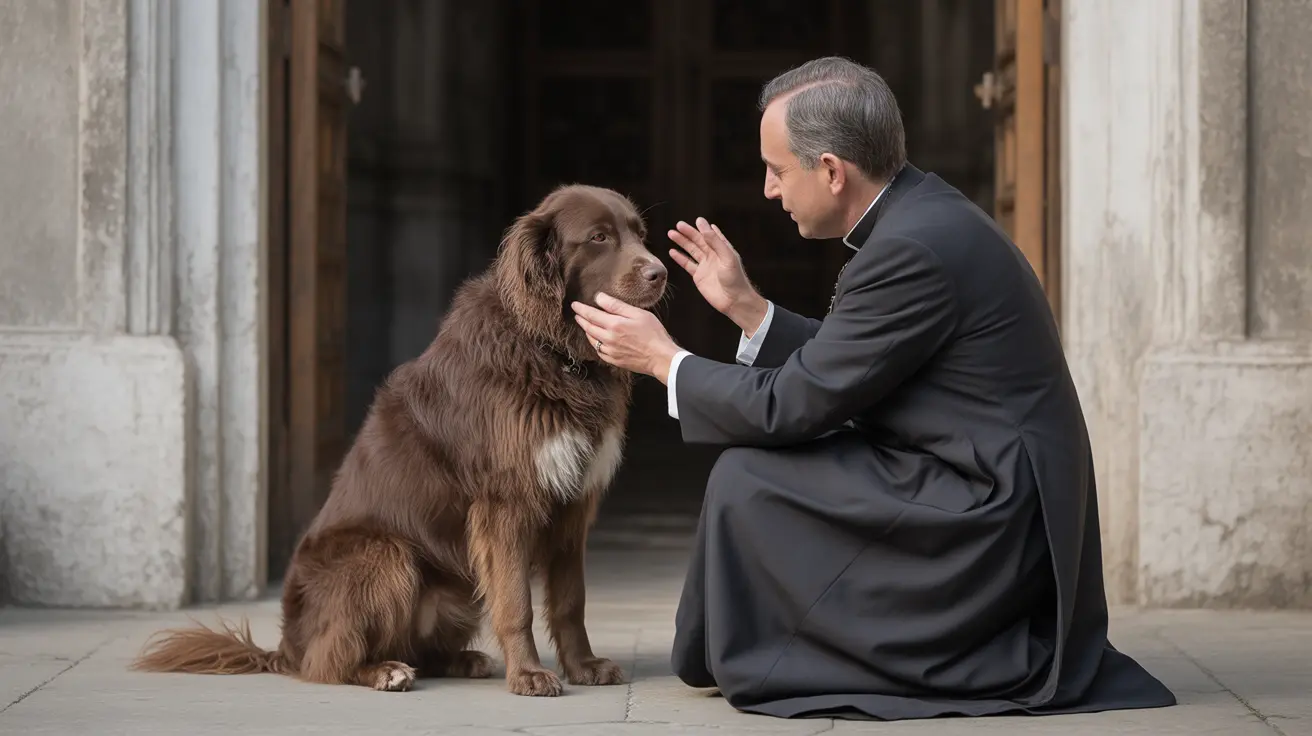When your beloved canine companion develops cataracts, understanding their treatment options becomes crucial. Cataract surgery for dogs has evolved into a highly successful veterinary procedure that can restore vision and improve your pet's quality of life. This comprehensive guide will walk you through everything you need to know about this sight-saving surgery.
Modern veterinary ophthalmology has adapted many techniques from human cataract surgery, resulting in impressive success rates and improved outcomes for our four-legged friends. Let's explore the essential aspects of this procedure, from diagnosis to recovery.
Understanding Canine Cataracts
Cataracts in dogs occur when the eye's natural lens becomes cloudy or opaque, blocking light from reaching the retina. This condition can affect one or both eyes and may develop gradually or suddenly, depending on the underlying cause. Common triggers include genetics, diabetes, aging, and trauma.
Without treatment, cataracts can lead to complete blindness and potentially painful complications such as glaucoma or lens-induced uveitis. Early detection and intervention often lead to better surgical outcomes.
Evaluating Your Dog's Candidacy for Surgery
Not every dog with cataracts is automatically a good candidate for surgery. Veterinary ophthalmologists conduct thorough pre-surgical evaluations to ensure the best possible outcomes. This assessment typically includes:
- Comprehensive eye examination
- Ocular ultrasound
- Electroretinogram (ERG) to test retinal function
- Blood work to assess overall health
- Evaluation of tear production and eye pressure
The Surgical Procedure
The most advanced technique used today is phacoemulsification, where surgeons use ultrasonic energy to break up and remove the cloudy lens through a tiny incision. This precise procedure is performed under general anesthesia and typically takes 1-2 hours.
During surgery, the veterinary surgeon usually implants an artificial intraocular lens (IOL) to optimize post-operative vision. This step isn't always possible, but dogs can still achieve functional vision without an IOL.
Post-Operative Care and Recovery
The success of cataract surgery largely depends on dedicated post-operative care. Your commitment to following the veterinarian's instructions is crucial during the recovery period, which typically includes:
- Wearing a protective E-collar continuously
- Administering multiple daily eye drops
- Restricting activity and using a harness instead of a collar
- Attending all follow-up appointments
- Monitoring for any signs of complications
Long-Term Outlook and Success Rates
With proper patient selection and post-operative care, cataract surgery for dogs boasts impressive success rates. Approximately 90% of dogs maintain good vision one year after surgery, with 80% retaining vision after two years. Regular check-ups help ensure long-term success and early detection of any potential issues.
Frequently Asked Questions
What is cataract surgery for dogs and how does it restore their vision?
Cataract surgery for dogs involves removing the clouded natural lens using ultrasonic waves (phacoemulsification) and typically replacing it with an artificial lens. This procedure restores vision by allowing light to once again reach the retina, enabling your dog to see clearly.
How do veterinarians determine if my dog is a good candidate for cataract surgery?
Veterinarians evaluate candidacy through comprehensive eye examinations, including ultrasound, ERG testing, and overall health assessment. Good candidates have healthy retinas, manageable systemic conditions, and no significant eye diseases beyond cataracts.
What should I expect during the recovery and aftercare period following my dog's cataract surgery?
Recovery involves wearing an E-collar, administering eye drops multiple times daily, restricting activity, and attending regular follow-up appointments. The initial healing period is about two weeks, but complete recovery may take several months.
What are the potential risks and complications associated with cataract surgery in dogs?
Potential complications include inflammation, increased eye pressure, retinal detachment, and infection. However, these risks are minimized through proper pre-operative screening, surgical technique, and post-operative care.
How much does dog cataract surgery typically cost, and can pet insurance help cover these expenses?
Cataract surgery typically costs between $2,000 and $4,000 per eye, varying by location and specific case requirements. Many pet insurance plans cover this procedure if the condition isn't pre-existing, but coverage levels vary by policy.
Conclusion
Cataract surgery for dogs represents a significant advancement in veterinary medicine, offering hope for pets facing vision loss. While the procedure requires careful consideration and commitment to aftercare, the potential to restore your dog's sight and enhance their quality of life makes it a worthwhile investment for suitable candidates.






